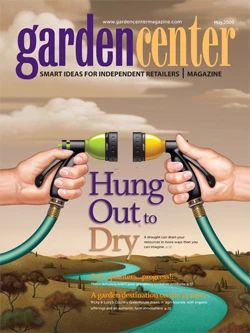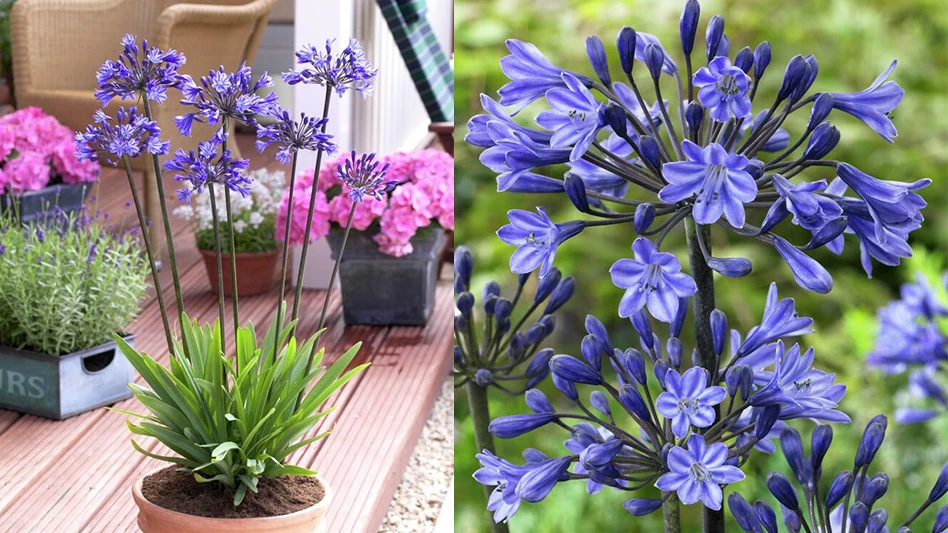 |
The foundation of natural gardening consists of three basic ingredients: soil or potting media, compost and organic fertilizer. |
Potting Media
Natural gardeners want a potting media without a chemical fertilizer “charge.” There are about 14 potting mixes listed with the Organic Materials Review Institute (OMRI). This is the “national nonprofit organization that determines which input products are allowed for use in organic production and processing.” (Visit http://omri.org/OMRI_datatable.php?search=potting)
Not all of these potting mixes are available in every area of the United States. Some of the more recognizable national brands are Schultz’s “Garden Safe” All Purpose Potting Mix and Sun Gro’s “Black Gold” Natural & Organic Potting Soil. There also may be locally-produced potting soils available from your distributor that are not OMRI-certified, but that contain all-natural ingredients. One example is Lady Bug brand Vortex Potting Soil, whose parent company is our very own Natural Gardener. We produce a line of organic products that is distributed throughout the Southwest United States.
Soil Amendments
Customers who are new to natural gardening have more success when they know the facts. Dry organic fertilizers are slow-release. They may take a week or so to kick in, but they last a long time. Instead of being water soluble like commercial fertilizers, they are “microbe-soluble.” It helps to mix them into the soil before planting, or sprinkle them around existing plants. Adding compost periodically also ensures success. Encourage customers to feed vegetables, annuals, and other heavy-feeding plants every 4 to 6 weeks. Trees, shrubs, lawn, and native plants can be fed twice a year.
Liquid fertilizers, on the other hand, are more fast-acting and short-lived. Liquid fertilizers may be sprayed on leaves early in the morning or late in the evening for best absorption and to avoid mid-day burning. A plant on a steady diet of fish emulsion solution would need an application every week or two to equal a plant fertilized with dry products every 4 to 6 weeks. Those who really like to pamper their plants may use a combination of dry and liquid – just use each less often. (The N-P-K analyses of the single-ingredient natural fertilizers may vary slightly depending on the source).
Part of the fun of natural gardening is trying different products. Switching amendments also adds to the soil a richer, more diverse supply of nutrients and natural growth stimulants. Encourage your customers to have fun and experiment! That’s part of the joy of gardening, isn’t it?
Alaska brand Fish Emulsion (5-1-1) is a liquid fertilizer that promotes green, vertical growth with a high nitrogen content. It is stinky, but effective. It may be used as a foliar spray and/or a soil drench.
Alfalfa meal (3-1-2) is a mild, all-purpose fertilizer with a natural growth stimulant called tricontanol.
Blood meal (12-1-1) is a high-nitrogen fertilizer for green, vertical growth. It is not recommended for tomatoes, or where flowers or fruit are desired. It has also been shown to be effective as a deer repellant. However, it might attract dogs or carnivorous wild creatures, so ideally mix it into the soil before planting.
Bone meal (2-12-0) is a natural source of phosphorus to stimulate roots, blooms and fruits.
Compost (1-1-1) is the classic soil amendment that has withstood the test of time. A good-quality compost improves texture in both sandy soils and clay, and it improves soil water-holding capacity and drainage. It increases beneficial microbe activity, helps plants resist disease, and adds nutrients. Choose a compost from a reputable company that discloses the ingredients. Avoid composted sewer sludge (biosolids).
Cottonseed meal (7-2-1) fertilizes with high nitrogen, and is somewhat acidic. Check your source for pesticide residue, as cotton is sprayed with a chemical defoliant prior to harvest.
Earthworm castings are micro-manure! They contain trace minerals, organic matter, beneficial bacteria, and enzymes that contribute to healthy soil.
Fertrell Super N 4-2-4 is an example of a dry fertilizer blend, containing feather meal, chicken manure, greensand and more. Fertrell is the oldest organic fertilizer producer in the United States.

Explore the May 2009 Issue
Check out more from this issue and find your next story to read.
Latest from Garden Center
- Meet the All-America Selections AAS winners for 2025
- AmericanHort accepting applications for HortScholars program at Cultivate'25
- 2025 Farwest Show booth applications now open
- The Garden Center Group hosting 'The Financial Basics of Garden Retailing Workshop Series'
- Weekend Reading 11/22/24
- Hurricane Helene: Florida agricultural production losses top $40M, UF economists estimate
- Terra Nova Nurseries shares companion plants for popular 2025 Colors of the Year
- Applications open for Horticultural Research Institute Leadership Academy Class of 2026





